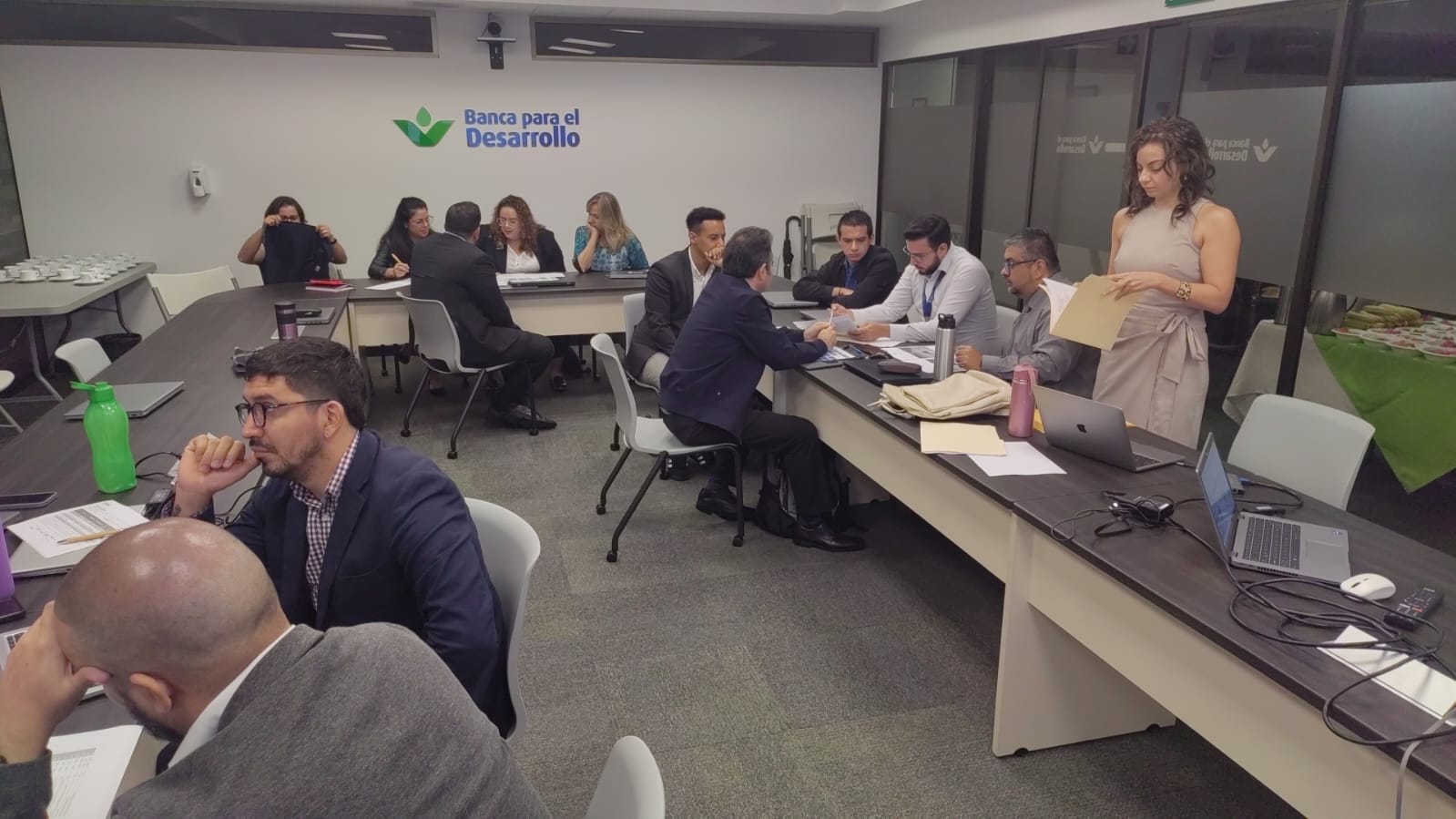Connecting WWF local offices and National Rowing Federations and clubs worldwide to collaborate on impactful actions & projects
The Healthy Waters Alliance connects the Rowing community with WWF communities worldwide to foster collaboration. Together, they co-create and jointly deliver local projects and initatives that protect and restore healthy waters through awareness and hands-on action, benefiting rowing, communities, and ecosystems. Working with WWF ensures that actions implemented by rowing communities are relevant from a nature conservation perspective.
Projects can be initiated by National Rowing Federations, clubs, athletes, event organisers, or WWF local offices. After contacting the Healthy Waters Alliance, through submitting their interest via an online form partners agree on a locally impactful project recognized by the Alliance. These projects focus on community engagement, nature restoration, waste reduction and other areas.
The rowing community benefits from the platform through access to educational workshops, working groups, global visibility of local projects, and healthier waters for rowing. In turn, WWF offices gain partners who help raise awareness on the freshwater & coastal ecosystems' crisis and promote solutions, while engaging with event organisers to drive visibility at major rowing events with wide media coverage.
